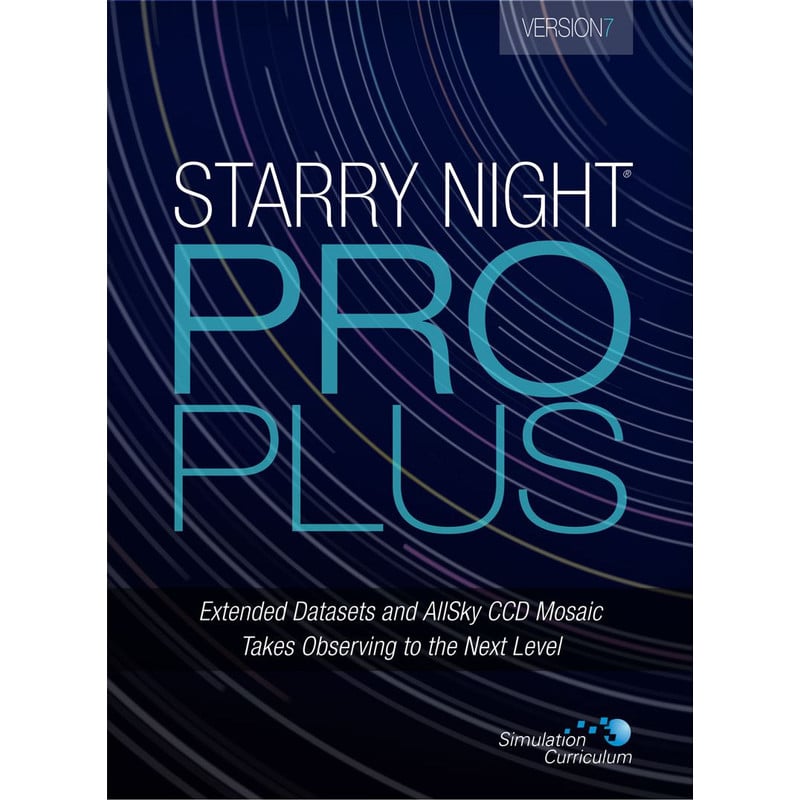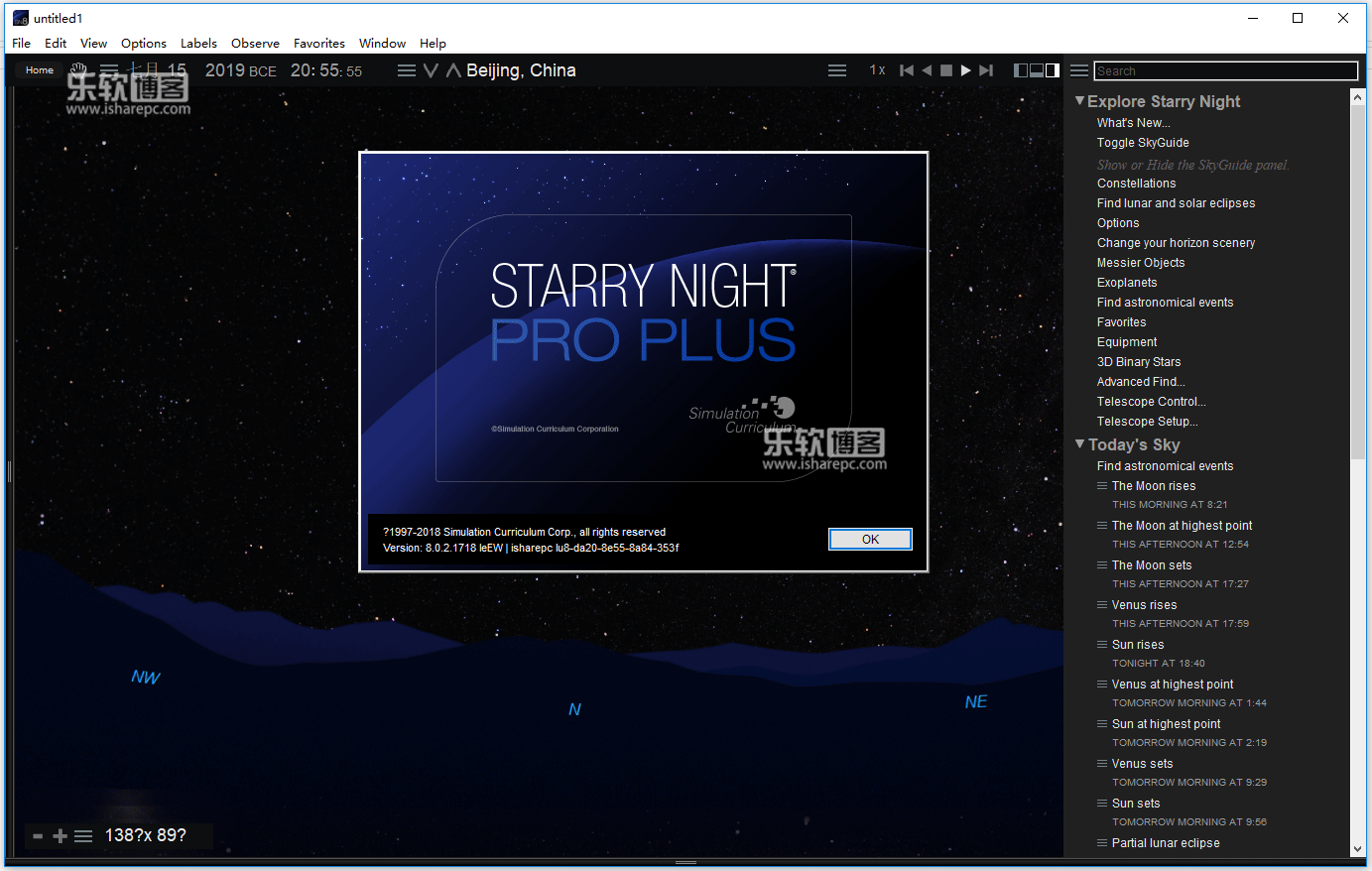
You may have seen it drawn on a globe of Earth. If you plot the noontime position of the Sun in the sky over a one-year period, it produces a figure-eight shape on the sky (Figure A). It produces, in concert with our tilted axis, the analemma. But our non-circular orbit does have an observable effect. The reason for seasons was explained in last month’s column, and it has to do with the tilt of Earth’s axis. In fact, Earth’s elliptical orbit has nothing to do with seasons. But, as an explanation for the Northern Hemisphere, it fails miserably. If this is the mechanism that causes seasons, it makes some sense for the Southern Hemisphere. The closest point occurs in early January, and the far point happens in early July (July 7, 2007). This means there is one point in the orbit where Earth is closest to the Sun, and another where Earth is farthest from the Sun. It is elliptical, or slightly oval-shaped.

So what does this mean?Įarth’s orbit is not a perfect circle. If Earth is closest to the Sun in January, shouldn’t it be summer? Maybe, if you live in the Southern Hemisphere. But the truth is, on January 3, 2007, Earth reaches perihelion, its closest point to the Sun in its yearly orbit around our star.Īt first glance, it makes no sense. For northerners, the winter solstice has just passed. It’s winter in the Northern Hemisphere and we’re at our closest point to the Sun. Ken Stewart's stunning Thin Crescent Moon.

#Solar safety starry night pro 6 update#
We've made over 20 optimizations since the 6.0.1 update in October.Ĭlusters, double-clusters, galaxies, and nebulae-Perseus is a jewel cache.
#Solar safety starry night pro 6 free#

The Thirteen/WNET & WLIW21 Celebration of Teaching & Learning's JPMorgan Chase "Multimedia in the Classroom" Awards Competition. Starting July 1, 2007, Arkansas teachers can use state funds to purchase Starry Night® Middle School at special prices from their local depository. Starry Night® Middle School Adopted in Arkansas.If Earth is closest to the Sun in January, shouldn’t it be summer?Ĭold winter nights offer wonderful observing opportunities, but you’d better dress warmly to enjoy the show! Welcome again to our monthly newsletter with features on exciting celestial events, product reviews, tips & tricks, and a monthly sky calendar. If you have trouble viewing this newsletter, click here.


 0 kommentar(er)
0 kommentar(er)
